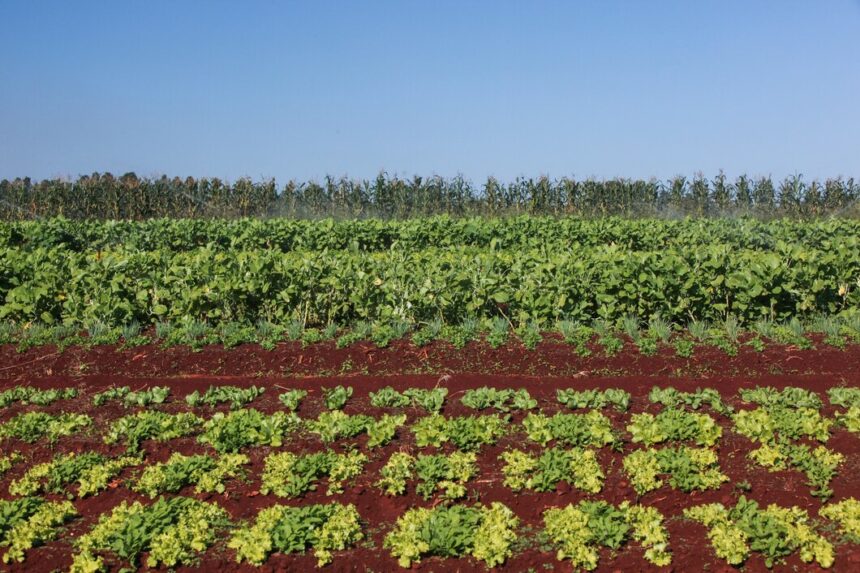Crop rotation is a fundamental practice in vegetable farming that can significantly improve soil health, reduce pests and diseases, and ultimately increase crop yields. By systematically changing the types of vegetables grown in a particular area from season to season, farmers can optimize nutrient use, break pest cycles, and maintain productive soils. Implementing effective crop rotation strategies is key for sustainable and profitable vegetable farming.
One of the main benefits of crop rotation is nutrient management. Different vegetable crops have varying nutrient requirements and effects on soil fertility. For example, legumes such as beans and peas fix nitrogen in the soil, enriching it for subsequent crops like leafy greens or root vegetables that require higher nitrogen levels. Rotating crops with different nutrient needs prevents soil nutrient depletion and reduces the need for synthetic fertilizers.
Crop rotation also plays a crucial role in pest and disease control. Many pests and pathogens specialize in attacking specific plant families. Growing the same crop repeatedly in the same spot encourages the buildup of pests and diseases, leading to lower yields and increased crop losses. By rotating crops from different families, farmers disrupt the life cycles of these pests and diseases, reducing their populations naturally.
A typical crop rotation plan divides vegetables into groups such as legumes, brassicas (cabbage, broccoli), nightshades (tomatoes, peppers), and root crops (carrots, onions). A common strategy involves planting legumes first to enhance soil nitrogen, followed by heavy feeders like tomatoes or cabbage, then lighter feeders or root crops. Including cover crops or green manures in the rotation can further improve soil structure and organic matter content.
To implement crop rotation effectively, it is essential to keep detailed records of what crops are planted where each season. A rotation cycle of three to four years is generally recommended to allow sufficient time to break pest cycles and replenish soil nutrients. Farmers should also consider crop spacing and planting dates to optimize sunlight, moisture, and nutrient use.
In addition to improving yield and soil health, crop rotation can reduce reliance on chemical inputs, lowering production costs and minimizing environmental impact. Sustainable vegetable farming practices like crop rotation not only boost productivity but also contribute to long-term farm resilience.
Adopting well-planned crop rotation strategies is vital for vegetable farmers seeking higher yields and healthier soils. By diversifying crops and managing nutrient and pest cycles, farmers can maximize the productivity of their land while promoting sustainable agriculture. With consistent practice, crop rotation becomes a cornerstone of successful vegetable farming.
Join 'Farmers Mag' WhatsApp Channel
Get the latest Farming news and tips delivered straight to your WhatsApp
CLICK HERE TO JOIN






